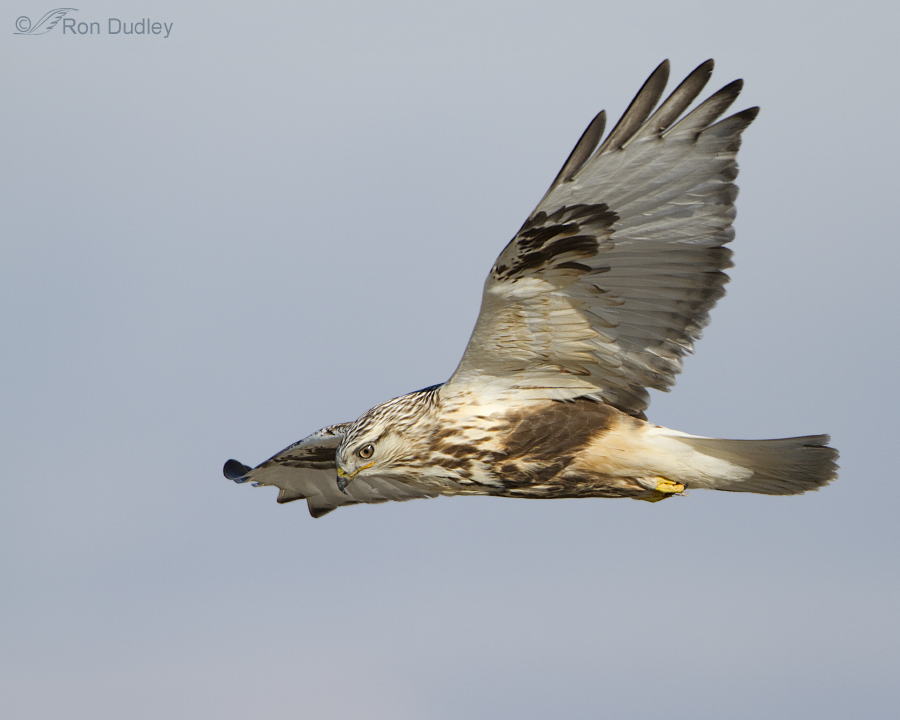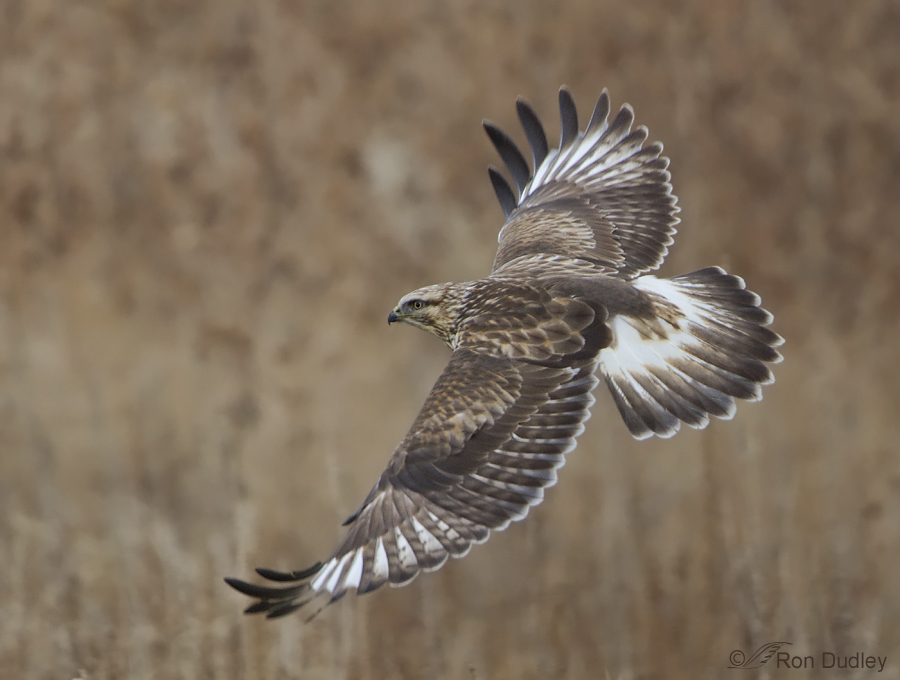The Roughies Are Coming!

Early this morning, before leaving to look for birds on Antelope Island, I saw a Facebook post by my friend, bird aficionado and artist extraordinaire Bryce Robinson. It was a simple post, saying simply ” “I felt a change in the air today. The Roughies are coming…” and it was illustrated with one of his fine drawings – a portrait of a Rough-legged Hawk. The “change in the air” that Bryce was referring to was our first nippy cold morning after a long, hot summer and such changes always bring thoughts to mind of the return of the Rough-legged Hawk.
Then I spent the morning on the island looking in vain for birds (it’s very slow out there right now) so as I drove around my mind wandered regularly to thoughts of Roughies – inspired by Bryce’s post and the chilly temps (51 degrees on the causeway).


